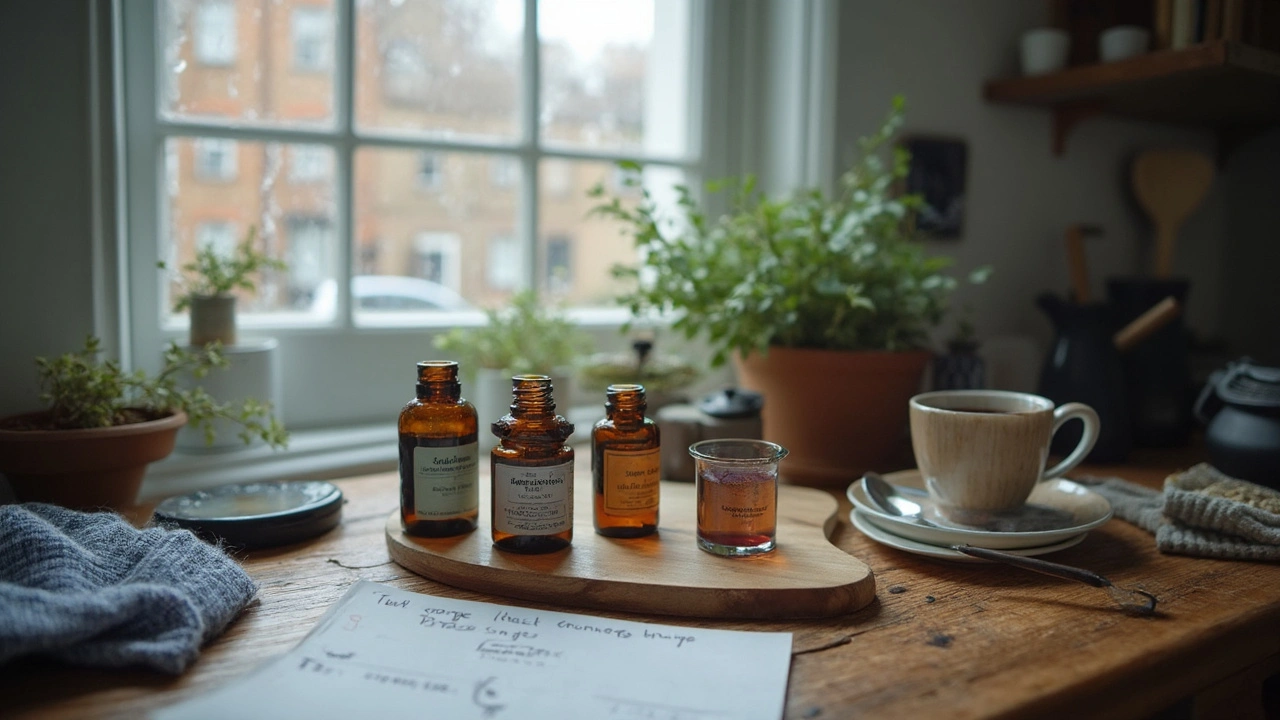Aromatherapy Safety: Your Quick Guide to Using Essential Oils Safely
Essential oils can lift your mood, ease sore muscles, and make your home smell great, but they also pack a punch. Using them the wrong way can cause skin burns, headaches, or even more serious reactions. This guide breaks down the basics you need to stay safe while still getting all the benefits.
Dilution and Application Basics
Never put a pure oil straight on your skin. Mix it with a carrier oil—like sweet almond, jojoba, or coconut—before you apply. A good rule of thumb is 1% dilution for daily use (about one drop of essential oil per teaspoon of carrier). For kids, elders, or sensitive skin, drop that to 0.5% or even less. Testing a tiny spot on your forearm for 24 hours helps you catch any irritation before you go full‑steam.
If you’re using a diffuser, follow the manufacturer's instructions. Most devices recommend 3–5 drops for a 100‑ml water tank. Over‑diffusing can trigger headaches or trigger allergies, especially in poorly ventilated rooms. Open a window occasionally to keep fresh air flowing.
Storage and Handling Precautions
Keep oils in dark glass bottles away from sunlight and heat. Heat breaks down the chemicals and can change the scent—or make it more irritating. Store them in a cool, dry place, ideally a pantry or a cabinet that stays below 70°F (21°C). Label each bottle with the date you opened it; most oils stay good for 1–3 years, but some citrus oils can spoil faster.
When you’re cleaning up a spill, wipe it with a paper towel and wash the area with mild soap. If the oil gets into your eyes, flush with plenty of water for at least 15 minutes and seek medical help if pain persists. Always keep the bottles out of reach of children and pets.
Know which oils you should avoid during pregnancy, nursing, or if you have certain health conditions. For example, lavender and chamomile are generally safe, but rosemary, peppermint, and clary sage can be too stimulating for expectant mothers. A quick check on a reputable aromatherapy site or a chat with a certified practitioner can save you from unwanted side effects.
Patch testing isn’t just for skin reactions. If you’re trying a new oil for inhalation, start with a single drop in the diffuser and sit nearby for a few minutes. Watch for signs like coughing, sneezing, or dizziness. If anything feels off, stop the session and ventilate the room.
Remember, essential oils are concentrated plant extracts—not food flavorings. Don’t ingest them unless a qualified professional tells you it’s safe, and never give them to children without guidance. Ingesting oils can cause stomach upset, liver strain, or more serious issues.
Finally, trust your senses. If an oil smells off, feels unusually thick, or changes color, it’s time to toss it. Quality matters: choose reputable brands that provide batch numbers and testing certificates. Cheap oils often contain fillers that increase the risk of reactions.
By following these simple steps—proper dilution, careful storage, mindful diffusion, and respecting personal sensitivities—you can enjoy aromatherapy without the worry. Safe use means the pleasant scents stay pleasant, and you stay healthy while you relax.

Mastering Aromatherapy: A Step‑by‑Step Guide for Safe, Effective Essential Oil Blends
Practical, science‑savvy aromatherapy steps: choose the right oils, dilute safely, blend with confidence, and avoid common mistakes. Recipes, charts, and FAQs included.
Categories
- Health and Wellness (148)
- Alternative Therapies (86)
- Massage Therapy (40)
- Travel and Culture (15)
- Beauty and Skincare (9)
- Holistic Health (8)
- Health and Fitness (5)
- Spirituality (5)
- Other (2)
- Personal Development (2)



